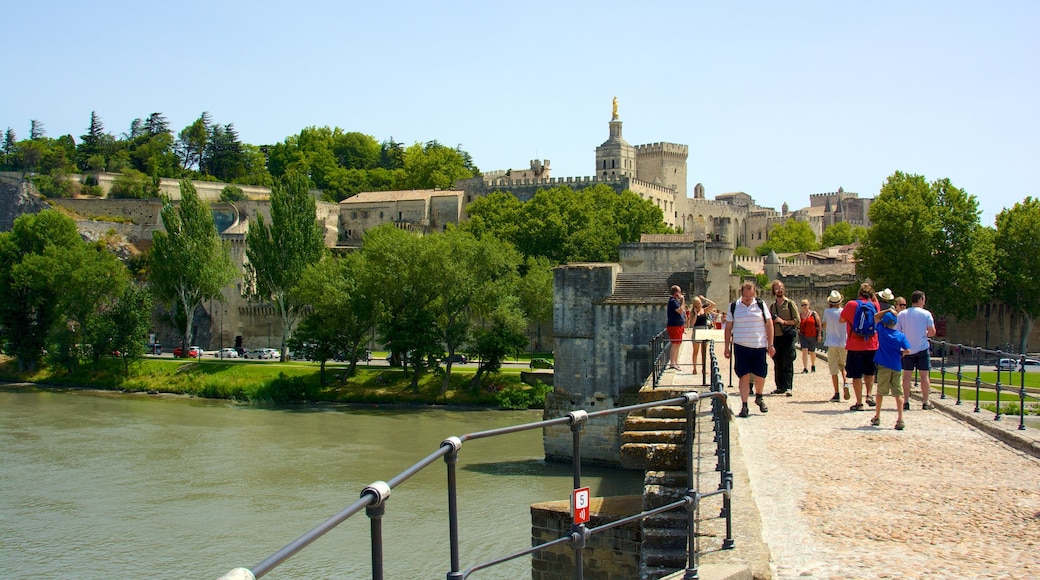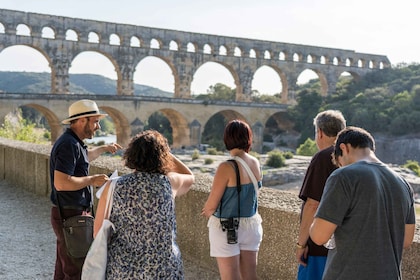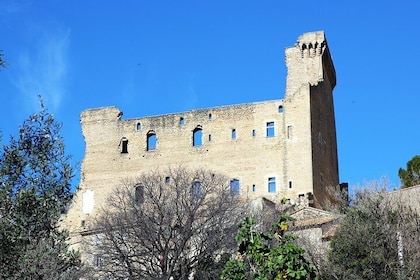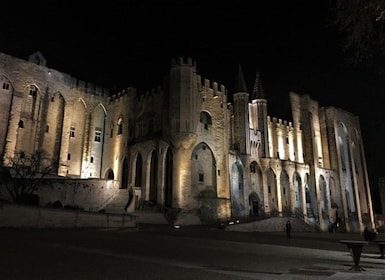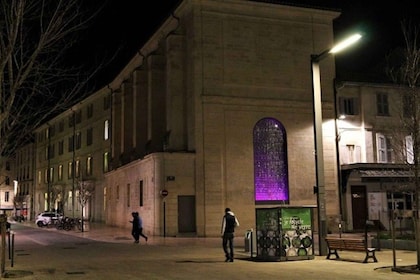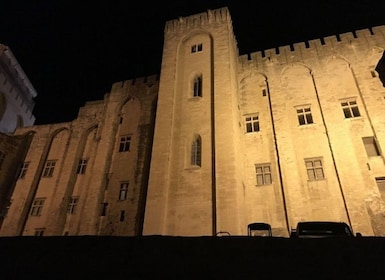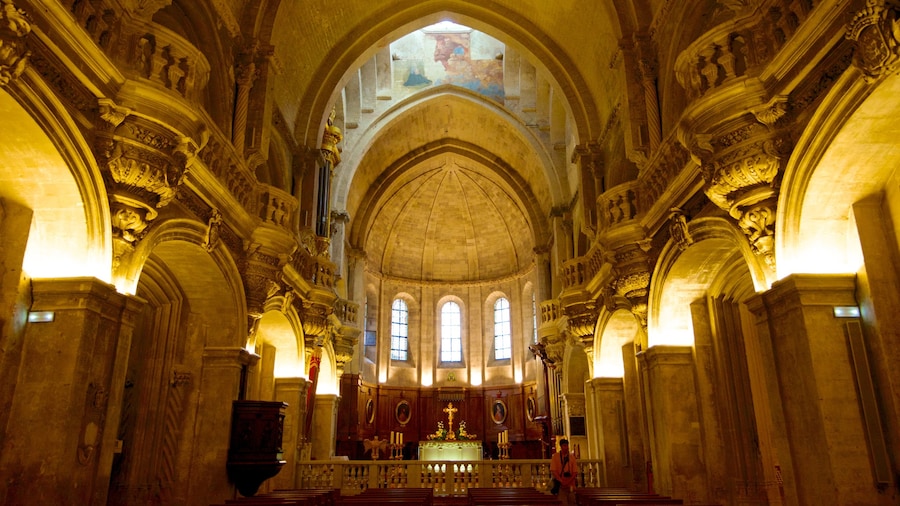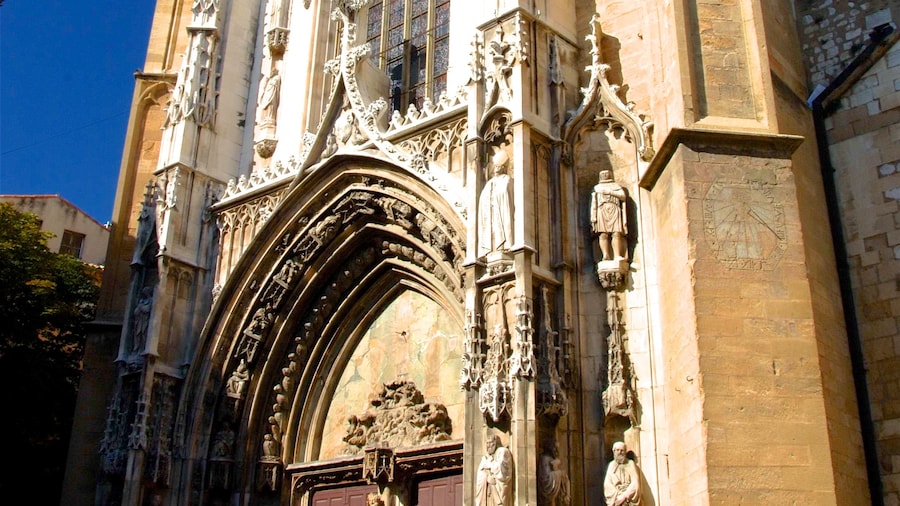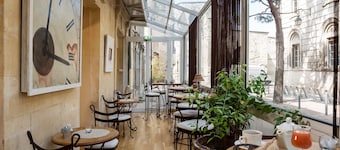One of Avignon’s most iconic landmarks is a bridge that literally goes nowhere, yet continues to draw travellers from all over the globe.
Pont Saint Bénézet or Pont d’Avignon as it is more commonly known, was immortalized in the nursery rhyme Sur le Pont d'Avignon (On the Bridge of Avignon). The ancient stone bridge is a condensed version of its former self. When the 12th-century structure was built it was 2, 952-feet (900-metres) long and spanned the Rhône River. Today it stops abruptly before reaching the other side, but still forms an important link back to Avignon’s early times.
Of the original 22 arches, only four remain. Three of them hang over the river while the other covers a road. Over the centuries, floods frequently wiped out sections which were subsequently rebuilt. After a flood in 1669 all reconstruction attempts ceased.
Start your visit in the exhibition area that covers the bridge’s history. Pick up a multimedia audio guide to the crossing. There is also a specific audio guide for blind people. The guides attract a small additional cost and are available in 11 languages. To walk the top of the bridge take the flight of steps or elevator.
Pont d’Avignon, or Pont Saint Bénézet as it is officially known, is named after St. Bénézet who according to Christian legend experienced a vision telling him to build a bridge at Avignon. Visit the small stone chapel that sits on the third pillar and once housed his tomb. The saint’s remains had to be moved because of the threat of flooding and now lay safely in the city’s, St. Didier Church.
Wander down to the end of the bridge for beautiful views back to the Palais des Papes and the cathedral tower. The best views of the bridge are from the banks of the Rhône a little further upstream or downstream, and from the hilltop Rocher des Doms Park.
Pont d’Avignon is open all year round. The bridge is a short walk from the centre of town and is well signposted from there.


